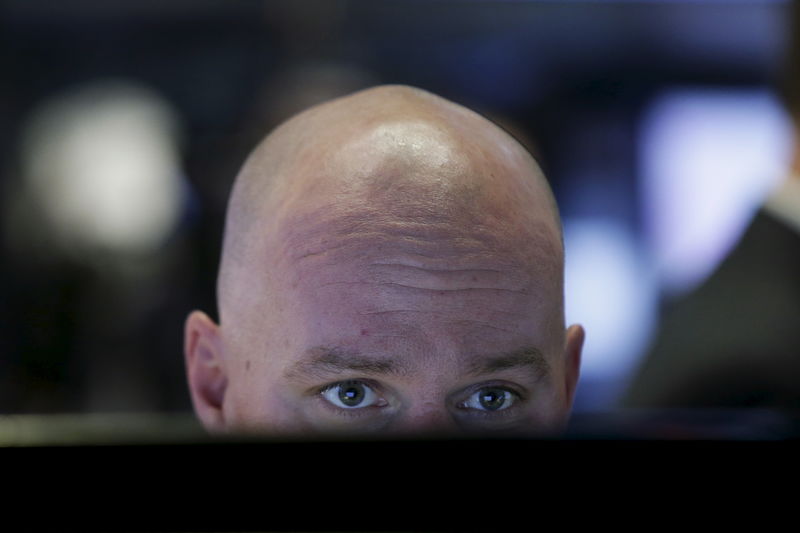Stocks with high passive ownership don’t outperform, Goldman says
Investing.com -- Stocks with a high share of passive ownership have not consistently outperformed counterparts with a low share, Goldman Sachs said in a recent report.
During the last ten years, passive US equity mutual funds and exchange-traded funds (ETFs) have attracted $2.8 trillion in cumulative inflows, contrasting sharply with $3.0 trillion in outflows from actively managed funds.
This surge has driven the share of passive ownership in the median S&P 500 stock from 18% two decades ago to 26% today. Yet, despite this rise, the performance of stocks with the highest passive ownership has been mixed.
“For stock pickers the share of passive ownership of a company is much less important for valuation multiples than fundamental attributes,” Goldman strategists said in the note.
“Stocks with the highest share of passive ownership have not consistently outperformed stocks with the lowest share,” they added.
The firm’s analysis uses an equal-weighted, sector-neutral factor that tests the relative performance of stocks across different levels of passive ownership. Results show that while stocks with high passive ownership outperformed up until 2014, they have since plateaued and, over the past five years, have given back much of those early gains.
A key takeaway from the report is that passive ownership does not play a significant role in determining valuation multiples.
“After controlling for fundamentals, passive ownership does not help explain any additional variation in valuation multiples,” the report states.
The study found that fundamental metrics like earnings growth expectations, profit margins, and asset turnover remain far more influential, explaining 50% of the variation in stock price-to-earnings (P/E) multiples. When passive ownership was factored in, it did not add any meaningful explanatory power.
The data also shows variation across sectors. Real Estate consistently holds the highest median level of passive ownership at 24%, while Energy typically registers the lowest at 17%, despite witnessing an 8-percentage point increase over the last decade.
Moreover, larger-cap stocks within the S&P 500, such as the “Magnificent 7,” tend to have a slightly lower average share of passive ownership compared to the rest of the index—22% versus 25%, respectively.
“Across all S&P 500 stocks, the relationship between market cap and passive ownership appears to be slightly negative,” strategists point out. “Furthermore, only 6% of the variation in passive ownership share can be explained by variation in market cap.”
They note that in recent years, a gap has emerged between passive ownership of the overall S&P 500 index and that of the median stock within the index, indicating that passive ownership has become less concentrated in the largest stocks.
Source: Investing.com
